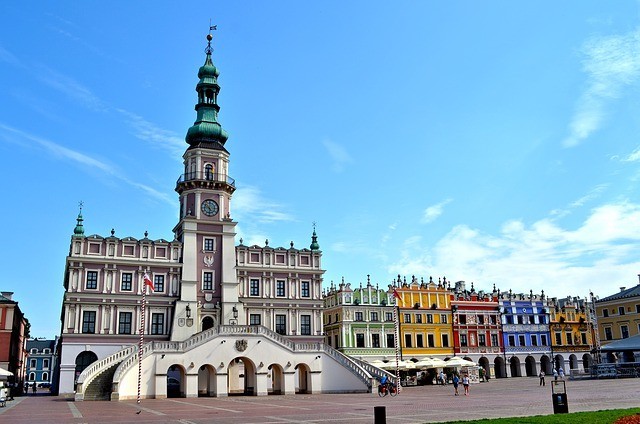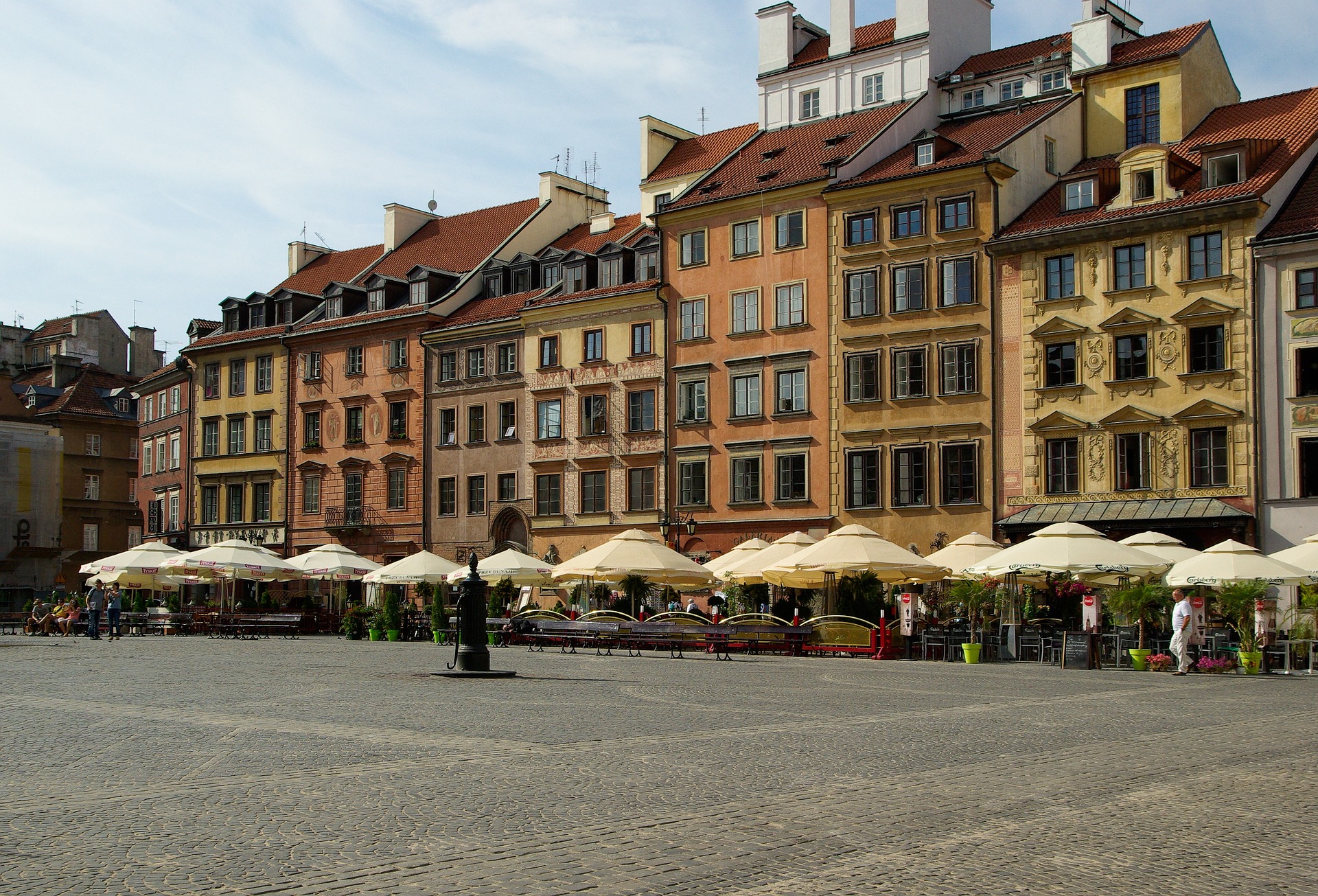The Warsaw Zoo History
Poland has so many lovely zoos, leaving visitors spoilt for choice. One of the most prominent is the
Founded in 1928,
History
Tourists visiting
It all started when the zoo appointed a new director in 1928, Zoologist Jan Żabiński and his wife, Antonina. As at the time of appointment, the pair never knew they would become the all-time most celebrated directors of the
The zoo saw thousands of visitors from different parts of the country who come to explore the exotic animals sheltered here. It grew in popularity in 1937 when the first Polish-born elephant named, Tuzinka, was introduced. Jan and Antonina were passionate about taking care of animals. Injured animals were adequately cared for.
Not only that, but they both also love impressive pieces of artwork. The zoo owners connected closely with the local community, opening its doors for concerts. Artists, entertainers, and musicians visit the zoo regularly for some inspiration.
The zoo was a thriving spot for locals until WWII when the Nazis took over Poland. The zoo was destroyed during the Second World War. Most animals couldn’t survive the bombings. Some of the surviving animals, which the Nazis deemed invaluable, were rounded up and shot dead, while those animals that are considered useful were captured and transported to a German reserve, located right next to Berlin.
The first Polish-born elephant, Tuzinka, was transported to Konigsberg Zoo. The remaining animals served as a perfect meat source for both locals and the German military. Sadly, the Zookeepers were helpless and had no other choice than to witness the gruesome killing of their beloved animals.
However, all these happenings didn’t deter Jan and Antonina from rendering humanitarian services – an act that will be remembered till eternity. They used their position to save many lives. Even before the war, Jan Żabiński was an activist and continued this even after the invasion. He became the superintendent of
As a municipal employee, Jan has unrestricted access to the Warsaw Ghetto, where he saw the Jewish community’s horrible living conditions. Jan used his position as an opportunity to lend a helping hand to his Jewish friends. He began rearing pigs in the zoo’s ruins and smuggled the meat to his Jewish friends in
Also, he smuggled people out of the ghetto and provided temporary shelter for them until they could have a safe passage to the organized hideout on
To warn those inside the house of approaching Germans, Antonina would Offenbach’s ‘Beautiful Helen.’ This would give guests enough time to run into their hideouts. Their story was the inspiration for the 2017 movie, The Zookeeper’s Wife, starring Jessica Chastain, Johan Heldenbergh, Daniel Brühl, and Michael McElhatton.
Today, the
What To See Here?
Visitors can admire all kinds of wildlife creatures at the zoo. Some of the animals you’ll find here include seals, polar bears, penguins, parrots, cheetah, birds, black jaguar, chimpanzee, gorillas, rhinoceros, elephants, giraffes, hippo, lions, zebras and many more.
Scattered around the zoo are beautiful bronze sculptures of different animals. Also, the zoo is home to over ten restaurants operating seasonally in the
The zoo also comes equipped with souvenir shops, with the most prominent being the Chata pod Strecha – the zoo’s oldest building erected in 1928. The Fairytale Zoo section brings kids up close and personal with the animals. Here, visitors are allowed to feed the animals. Besides, the zoo features a playground for kids. Adults can organize a picnic at the playground as well.
Travel tips
- The zoo is always busy on weekends, especially if the weather is friendly; hence finding a free spot can be a hassle.
- Visit as early as possible, so you can have the zoo all to yourself before it gets crowded during the day.
- Free parking spots available
- Ballons are not allowed into the zoo
- Bikes and scooters are not allowed into the zoo
- Wheelchair friendly activities are available.
Conclusion
If you are looking for an oasis of calmness in the Polish capital, then the







